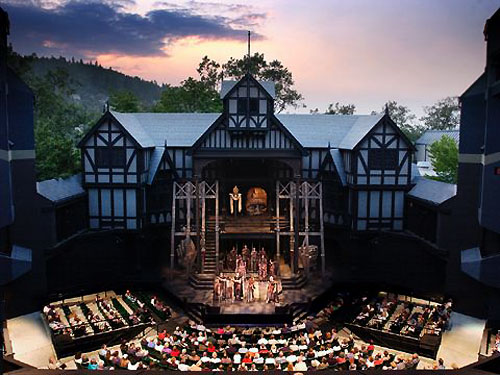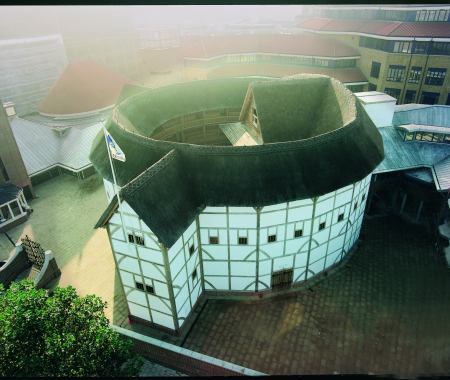It was said to be grandiose and extravagant like most part of Elizabethan aristocratic culture. Theater in Elizabethan England was mainly divided into venues where the plays were performed; open air amphitheater, inn-yards and playhouses.
Inn-Yard Theaters
Contents
This was how the Elizabethan theater in England emerged. A possible root of the inn-yard theater were the so-called “strolling players” whose performing company moved from one village square or market place to another. Inn-keepers noticed that whenever these moving players were there, there were a lot of people availing their services so they thought of offering accommodations to these “strolling players” while the provided entertainment to the audience.

Audience that ended up buying mead or ale from the inn. A fee was also charged to those who want to enter the inn and many of the laborers and farmers came with their families to watch these performances and they treated such events as thought it was a festival. Coming from the diatribe Histriomastix by William Prynne, he told of an urban myth which occurred in an inn-yard theater, about the Devil himself manifesting in the middle of the play Doctor Faustus. It claimed to have made some audience members lose their sanity.
Inn-yards
The Bull Inn,
The Bell Savage,
The Cross Keys,
The Bell,
The White Hart,
The George Inn
Open Air Ampitheater
This started with James Burbage in 1576 when he made the move to cast in iron the legitimacy of theater, its structure was patterned from Roman and Greek amphitheaters. Initially, what was staged in areas similar to this, like the town square, was the very popular form of entertainment called bull or bear baiting.
The stage mutated itself eventually to accommodate human theatricals but the construction of the very first amphitheaters and bull arenas were very similar. Basically, what James Burbage was to increase profits with this type of venue. Inn-yards can house 300 people while amphitheaters housed 3000.
Amphitheaters
The Theatre, Finsbury Fields, Shoreditch, London Amphitheater
Newington Butts, Southwark, Surrey Amphitheater
The Curtain, Finsbury Fields, Shoreditch, London Amphitheater
The Rose, Bankside, Surrey Amphitheater
The Swan, Paris Garden, Surrey Amphitheater
The Globe, Bankside, Surrey Amphitheater
The Fortune, Golding Lane, Clerkenwell Amphitheater
The Boar’s Head, Whitechapel, London Amphitheater
The Red Bull, Clerkenwell Amphitheater
The Bear Garden Bankside, Surrey Amphitheater
The Bull Ring Bankside, Surrey Amphitheater
The Hope Bankside, Surrey Amphitheater
Playhouses
It did not take long before indoor plays were produced. Their advent made it easier for the actors to cater to the nobility– as the indoor setting provided comfort and luxury that this particular audience held highly. The pay off of this luxury was that the price of the entrance fee was so steep, the common folk rarely had enough money to avail of this luxury theater.

Playhouses also allowed for the Elizabethan theater in England to continue during the winter months and in the evenings, using candlelight for lighting. As the stage was far intimate than the open stage, this allowed for more emphasis in the words of the play rather than big, attention-grabbing effects.
Playhouses
Paul’s, St. Paul’s Cathedral precinct,
The Blackfriars,
The Cockpit, Drury Lane, Westminster,
Salisbury Court,
Gray’s Inn Theatre,
Middle Temple Inn Theatre,
Whitehall Theatre,
Whitefriars
More Info On- Elizabethan Audiences, Elizabethan Theatre History, Facts, Elizabethan Theatre Globe
